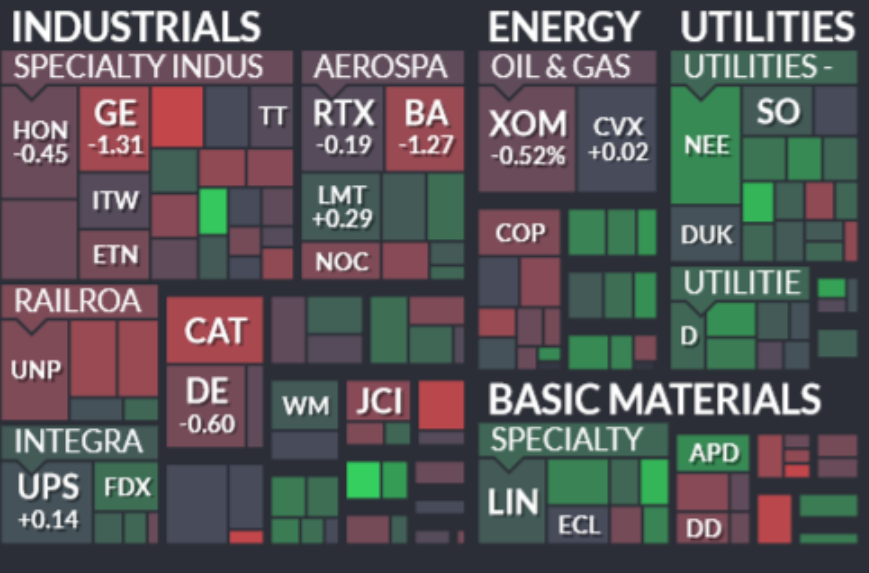Oil prices edged higher in the late European and early U.S. sessions amid supply disruptions in the North Sea and Libya and on signs the economy of second top consumer China is stabilizing.
On the New York Mercantile Exchange, WTI crude for September delivery traded at $104.98 per barrel at 14:35 GMT, up 1.53% on the day. Prices held in a wide range between days high and low of $105.44 and $103.63 per barrel respectively. Light, sweet crude slipped 0.42% on Thursday, a fifth straight daily fall, but trimmed its weekly decline to 1.7% after today’s gains.
Meanwhile on the ICE, Brent crude for September delivery rose to $107.38 per barrel at 14:35 GMT, up 0.65% on the day. Futures ranged between days high and low at $107.70 and $106.62 a barrel respectively. The European benchmark fell 0.41% on Thursday and settled at the lowest level since July 4. This was a fifth consecutive daily slip, extending current week’s decline to 1.4% after advancing 1.7% the previous week.
Oil prices traded higher throughout the day on upbeat China economic data that signaled a stabilization in the Asian nations economy, which is in a tough process of being reshaped from credit- and investment- to consumer-oriented. Both WTI and Brent benchmarks received a further boost today on concern over supply disruptions as a trade source said for Reuters that more North Sea Forties crude cargoes will be delayed due to a pipeline closure.
Meanwhile, the IEA reported that attacks on pipelines in Northern Iraq have pushed output down and planned work at southern terminals in September may cut outbound shipments by up to 500 000 barrels per day. The agency said that due to the recent workers protests, Libya pumped out oil at the slowest pace since 2011 and as much as halved its exports. The IEA also spurred concern over tightening global supply by suggesting in its report that the American shale oil boom protected global markets from steep oil price spikes as some OPEC members reduced their output due to infrastructure problems and social unrest.
Olivier Jakob, oil analyst at Petromatrix, said for Reuters: “North Sea would not be such a problem if you did not also have disruptions in Libya and Iran… Then the market becomes more reactive on supply. Disruptions in Libya are coming to a point where you can compare them to sanctions on Iran… It is a combination of geopolitics and supply disruptions.”
Overall positive China data also pushed oil prices up with inflation remaining stable and giving the government possible room for monetary easing. The Chinese National Bureau of Statistics reported the countrys July Consumer Price Index remained steady with a 2.7% rise year-on-year, aligning with the previous month’s reading and below expectations for a 2.8% rise. On a monthly basis, consumer inflation met projections at a 0.1% increase. Year-on-year, China’s Producer Price Index (PPI) declined by 2.3%, above the anticipated 2.2% but outdoing the preceding period’s 2.7% fall.
Meanwhile, China’s industrial production surpassed analysts’ expectations for a 9.0% surge and rose by 9.7% in July, the biggest climb this year, beating June’s 8.9% gain. This offset a bit worse than expected retail sales, which rose by 13.2% in July, below forecasts for a 13.5% surge and last month’s 13.3% gain.
Yesterday, the Chinese General Administration of Customs reported the country’s exports rose by 5.1% in July after contracting 3.1% in June. Expectations for a 3% climb were exceeded. Meanwhile, imports also surpassed analysts’ projections for a 2.1% jump and surged 10.9% last month after a 0.7% decline in June. The Chinese trade surplus narrowed to $17.82 billion from $27.10 billion a month earlier and confounded economists’ forecasts for an increase to $27.20 billion. Crude oil imports hit a record 6.15 million barrels per day. The Asian nation is the second biggest oil consumer and accounted for 11% of global demand in 2012.





